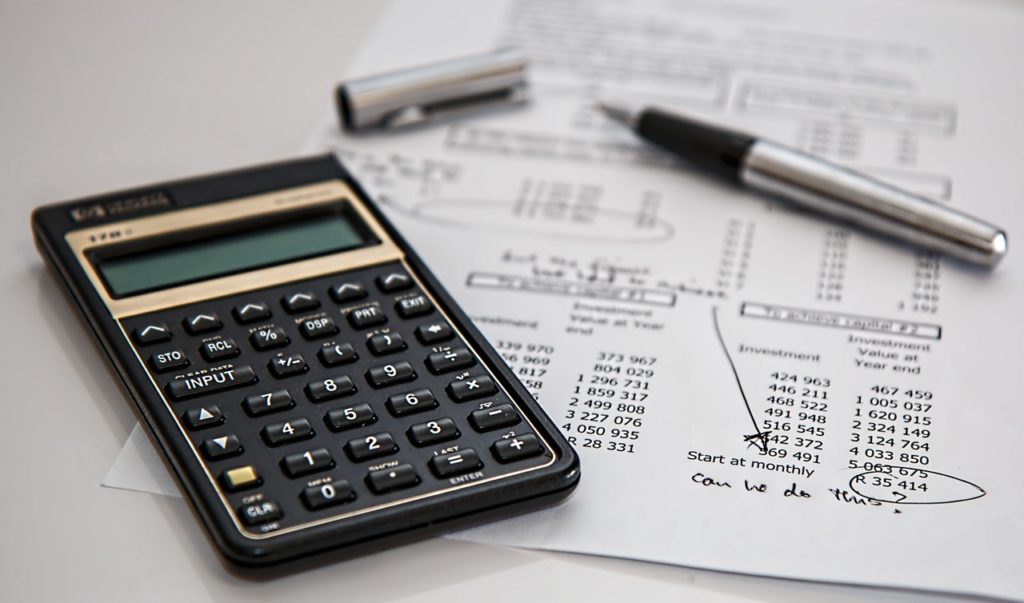What is PAYE? Discover 6 Kinds of Pay that Can’t Be Taxed
As a business owner or worker, you’ve seen the big PAYE letters on payslips or official forms. We all know it has to do with taxes, but what’s the point of this system and why do we need it?
But before we dive into what is PAYE you have to know that Pay As You Earn, (PAYE), is a system unique to the UK and it’s essential that anyone paying employees have a good handle on how it works.
What Is PAYE? First Let’s Talk About PAYE Origins
To understand what is PAYE, we have to return to January of 1944. By then, more than ten million British households received a notice with a set of numbers printed on it. The digits represented each employed person’s individual tax code, something many had never seen before.
Sir Kingsley Wood, Chancellor to Prime Minister Churchill, saw the need to restructure half-year and annual taxes. Britain needed a new system, one that could finance an ongoing war and help the country sidestep inflation.
The new system required workers to pay small amounts of tax money throughout the year. But, Kingsley’s model depended on the old model of work – one job for one’s entire life.
Today, work models would be a shock to our tax system’s creator. Though the bones of his system remain unchanged, some new additions had to be made to keep up with our modern workforce.
PAYE Changes
When we talk about what is PAYE, we have to mention that the National Insurance Contributions (NICs) came into the PAYE system in 1975, adding a deeper level of confusion and tons more paperwork to the system. Around the same time, the process was described as a “paper chase” and employers found the big rolls of red tape endlessly annoying.
Enter the computer in 1984, when 12 regional databases could store the country’s tax information, replacing the old paper card system. However, the different databases created huge issues for anyone with multiple employers as that person had to run from one tax office to another to keep up with filings and payments.
In 1998, the system saw a massive upgrade that let employers file returns over a secure network. Weeks worth of paperwork completed in a matter of hours and they could store data about their past transactions along with their tax forms.
Employers could use online payroll services to keep up with their taxes and returns starting in 2000. Across the board, entrepreneurs saw their return acceptance rates jump, some as high as 90 per cent, saving them millions.
Today, the HMRC website gets approximately 99 million visits a year and the UK’s PAYE system is considered one of the most sophisticated in the world.

How Does PAYE Work?
Now that you already know about the origins, we are really close to understanding the nitty-gritty of what is Paye.
The PAYE setup makes sure you pay your income tax and National Insurance automatically. The first part of your payment comes out of your employee’s pay packet, the money she earns before expenses, then the remainder is paid to her as her normal salary.
Anyone earning less than £12,500 does not owe HMRC any PAYE payments. After a worker reaches that payment bracket, she owes HMRC 20 percent of her salary.
If she makes it up to £46,351 she’ll be taxed 40 percent of her earnings.
Each person’s tax code gets calculated early in the year, so if a worker loses her job she can claim some of her tax money back. However, if she gets a new job with a higher salary, she’ll have to pay more to make up the difference.
A worker can ask to see her payslip anytime during her employment. There, she can find her tax code and detailed information about what she needs to pay HMRC and what she is owed by her employer.
New employees need to bring in a P45 from a previous job or fill out a P46 to ensure HMRC calculates her tax code properly. Any end of the year or earning bonuses paid to her during employment are subject to the same taxation as her normal paycheck.
Anyone working in self-employment needs to keep track of all his earnings and file for the appropriate taxes. Self-employed individuals can reach out to HMRC directly for help in keeping track of proper documentation.
When And How To Pay PAYE
Payments to HMRC and following the guidelines of PAYE mean you, the employer, need to know the rules and expectations. Anytime you fall behind on your taxes, you can be charged interest on late payments or penalties.
Don’t be the one costing your business a profit. Here’s a quick breakdown of how and when to pay your PAYE.
After each monthly pay period is completed and doled out to your workers, you need to submit your PAYE to HMRC by the 22nd of each month. If you choose to do this by check, it has to reach the government office by the 19th of the month.
Sometimes these deadlines fall on a national holiday or weekend. When that happens, make sure your payment goes through on the last work day of the week.
Your business already has a 13 digit reference number to help HMRC process your payments. That code can also help you make late or early payments.
When you need to pay early or get your money in late, you can add four numbers to the end of your code to mark the year and month you want to cover, (YYMM). For example, if you want to make up for a missed payment of April, 2020, add 2004 to the end of your reference number.
When it comes time to pay, there are three main options:
Your first direct debit payment will take five days, each following payment will only need three days to go through.
Cards and bank transfers are secure and easy for you and HMRC. If you need to make a next-day payment, you can opt for Faster Payments or CHAPS, but check your bank’s payment deadlines beforehand.
If you have a payment booklet, you can pay your taxes at your bank or building society. Don’t go to the post office to make payments – your postal service can’t process this for you.
PAYE And Tax-Free Pay
PAYE can seem straightforward – much of it is automated, thankfully. However, there are several kinds of pay that can’t be taxed.
Do you know what they are?
Here’s a list of things your workers don’t have to declare on tax forms:
Other tax-free money include lump sums, such as the first £30,000 of (most) redundancy payments or compensation for an injury or disability.
We Want To Help You With Your PAYE
We hope you now have a better idea of what is PAYE and how it works. If you want to keep your PAYE, HMRC, and NICs lined up, paid, and in good clean order, we can make that happen. Our office can give you the professional services you need tailored to your business and ready when you need us.
Contact us today so we can get you on the right track and keep you there. We want to see your operation do more, be more, and earn as much as possible.

About the Author
Claudio Alegria is the Chief Operating Officer at Simply Tax Advisory, providing tailored tax returns, payroll, bookkeeping and VAT services to small businesses, individuals and startups.


